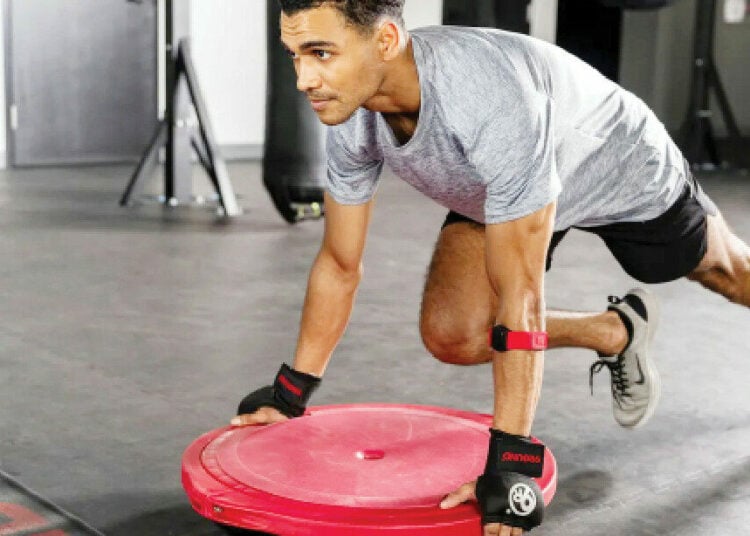When many people hear the words “physical fitness,” they picture marathon runners, professional athletes, or perfectly sculpted gym enthusiasts. But true fitness is far broader and more inclusive.
Being physically fit means having the strength, endurance, flexibility, and balance to carry out daily activities, carrying groceries, climbing stairs, playing with children without excessive fatigue.
It is about supporting the body so it can age gracefully, recover from illness, and cope with life’s demands.
Fitness is personal: for one person, it might mean walking without breathlessness; for another, it might mean maintaining independence into old age.
Fitness is not about meeting a specific standard or fitting into a certain mold. It’s about understanding and respecting your own body’s unique needs and limitations. Everyone’s journey is different, and progress might look like small, consistent steps rather than dramatic transformations. Celebrating these victories, whether it’s being able to walk a little farther or simply feeling more energised reinforces the true meaning of fitness.
Moreover, mental and emotional well-being are inseparable from physical fitness. Stress, sleep, and mindset all play crucial roles in how our bodies perform and recover. Prioritizing self-care, including mindfulness and rest, helps create a balanced approach to fitness that supports overall health and happiness. Ultimately, being physically fit means nurturing the whole person, not just the body.
Components Of Physical Fitness
Cardiovascular Endurance ; The ability of the heart and lungs to supply oxygen during activity such as brisk walking or cycling.
Muscle Strength And Endurance ; The power to lift, carry, or perform repeated movements without tiring.
Flexibility ;The range of motion in joints that helps prevent injury and maintain mobility.
Balance And Coordination ; Critical for preventing falls, especially as we age.
Tips For Being Physical Fit
Aim for at least 150 minutes of moderate exercise (like brisk walking or dancing) each week.
Include strength training at least twice weekly to support bones and muscles.
Stretch gently after workouts to maintain flexibility.
Start slowly if you are new to exercise; consistency matters more than intensity.
Celebrate small victories every step, squat, or stretch contributes to long-term health.





